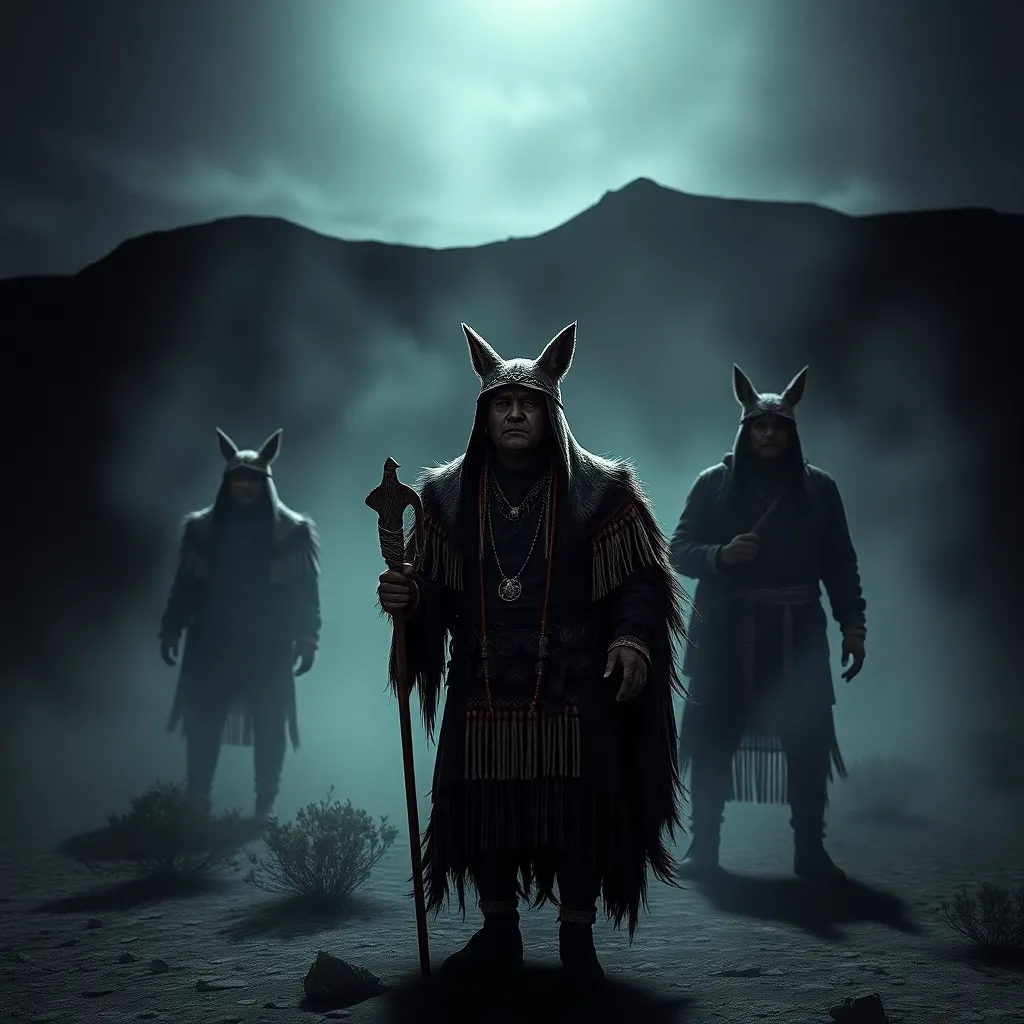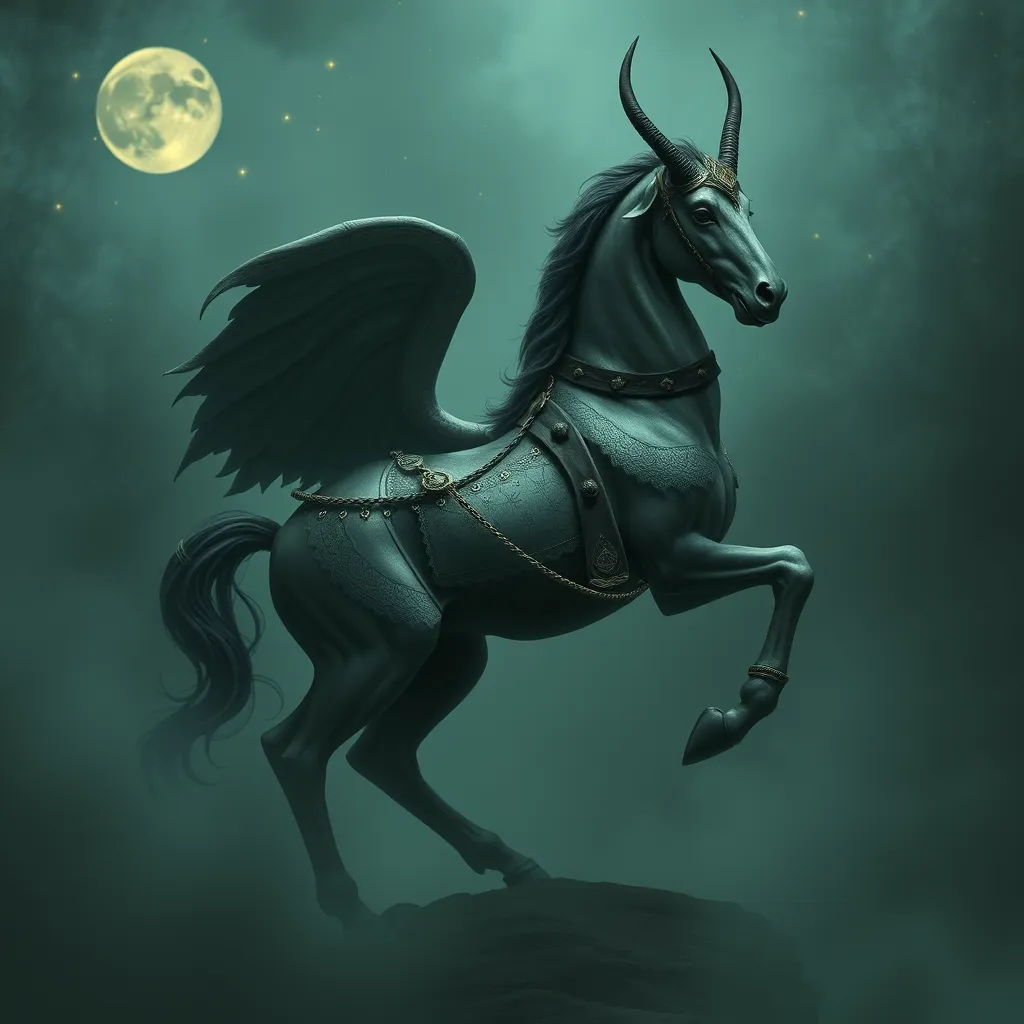The Divine Constellations: Mythological Origins of Star Patterns
I. Introduction
The night sky has fascinated humanity for millennia, serving as a canvas for our imagination and a guide for navigation. Constellations, the patterns formed by stars, have played a significant role in various cultures throughout history. They not only help us comprehend the universe but also connect us to our ancestors and their stories.
Mythology and astronomy are deeply intertwined, with ancient civilizations weaving tales that explain the stars’ positions and movements. This article aims to explore the mythological origins of constellations, shedding light on how these stories have shaped our understanding of the cosmos.
II. The Role of Mythology in Ancient Cultures
Ancient cultures perceived the night sky as more than just a collection of celestial bodies; it was a source of inspiration, guidance, and storytelling. The interpretation of celestial patterns varied widely, reflecting each civilization’s unique cultural values and beliefs.
Storytelling played a crucial role in interpreting these patterns, allowing societies to pass down knowledge and moral lessons through the ages. Some notable cultures that integrated mythology with astronomy include:
- The Mesopotamians, who created elaborate tales about the movements of their gods in the sky.
- The Egyptians, who associated constellations with their deities and the afterlife.
- The Polynesians, who relied on the stars for navigation across vast ocean distances.
III. Greek Mythology and the Stars
Greek mythology has had a profound influence on the naming of constellations that we recognize today. The Greeks attributed stories and characteristics to the stars, linking them to their gods and heroes. This practice allowed them to explain natural phenomena and human experiences through myth.
Some key constellations with Greek mythological origins include:
- Orion: The great hunter, often depicted with his bow and surrounded by his hunting dogs, Canis Major and Canis Minor.
- Ursa Major: Associated with the story of Callisto, a nymph transformed into a bear and placed among the stars by Zeus.
- Andromeda: The princess chained to a rock as a sacrifice, whose story is intertwined with that of Perseus, the hero who rescued her.
These constellations not only served as navigational aids but also as reminders of the cultural narratives that shaped Greek society.
IV. Roman Adaptations of Constellations
As the Greeks established their astronomical traditions, the Romans adopted and adapted these star patterns, infusing them with their own mythology. The Romans often reinterpreted Greek myths, giving them new names and contexts.
Some notable Roman constellations include:
- Aries: The ram, linked to the story of the Golden Fleece and the hero Jason’s quest.
- Scorpius: Associated with the myth of Orion, where the scorpion was sent by the gods to defeat the hunter.
The legacy of Roman contributions to astronomy is evident in the terminology we use today, as many constellations retain their Latin names.
V. Mythological Perspectives from Other Cultures
While Greek and Roman mythologies are well-known, many other cultures have rich traditions associated with the stars. The interpretations of constellations vary widely across different societies.
For instance:
- Native American constellations: Tribes across North America have unique stories about constellations. For example, the Lakota people see the Pleiades as a group of seven sisters.
- Chinese mythology: The Chinese have their own constellations, such as the Seven Stars of the Northern Dipper, which are associated with various legends and deities.
- African and Aboriginal interpretations: In many African cultures, constellations are linked to creation myths, while Aboriginal Australians have rich oral traditions that describe the stars as ancestral beings.
VI. The Intersection of Science and Myth
As astronomy evolved into a scientific discipline, the focus shifted from mythological explanations to empirical observations. However, the influence of mythology remains strong in modern star naming conventions and public engagement with astronomy.
Some key points regarding this intersection include:
- Scientific understanding does not diminish the value of myth; rather, it enhances our appreciation of the stories behind the stars.
- Mythological narratives continue to serve as effective tools for science communication, making complex astronomical concepts more relatable.
VII. The Continuing Legacy of Mythology in Astronomy
Today, the influence of mythology can be seen in various aspects of popular culture, including literature, film, and art. Constellations inspire creativity and wonder, inviting people to explore the universe.
Preserving these mythological stories is essential for enriching our understanding of the cosmos. By connecting scientific knowledge with cultural narratives, we can foster a deeper appreciation for the night sky.
Examples of how mythology enhances our understanding include:
- Star names that evoke ancient stories, such as Vega, which comes from the Arabic word for “swooping eagle.”
- Modern adaptations of classic myths in literature and film, which continue to captivate audiences and encourage exploration of astronomy.
VIII. Conclusion
In summary, the exploration of constellations through the lens of mythology reveals a rich tapestry of human history and culture. The stories behind the stars have shaped our understanding of the universe and continue to inspire curiosity and wonder.
The enduring impact of these mythological narratives reminds us of our connection to the cosmos. As we gaze up at the night sky, we are not just observing stars; we are engaging with the stories and dreams of countless generations. I encourage everyone to explore the night sky and uncover the rich tapestry of stories that await among the stars.



